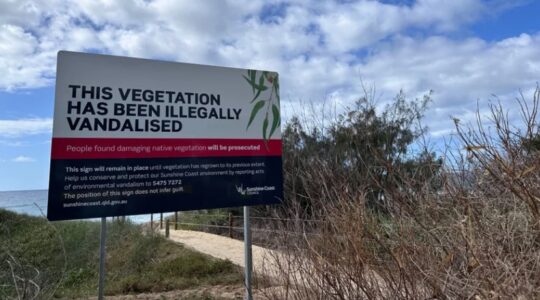Sunscreen manufacturers will need to adhere to a new set of standards if they want to continue to be slapped on by sun-loving Aussies.
From July 1, the Therapeutic Goods Administration (TGA) will adopt a new Sunscreen Standard for all sunscreen products included in the Australian Register of Therapeutic Goods (ARTG).
The new Standard changes the testing and labelling requirements for sunscreens marketed in Australia and aims to increase the accuracy of a lab determining the Sun Protection Factor (SPF) of a product.
The TGA said the new Standard ensured sunscreens complied with the latest ISO standards for testing and were in alignment with the rest of the world, increasing the international reputation of the Australian sunscreen industry.
“With (Australia having) one of the highest rates of skin cancer in the world, the adoption of globally written, agreed and published ISO standards for determining SPF, broad spectrum and water resistance will give increased confidence to consumers using sunscreens to protect their skin from ultraviolet radiation (UVR),” the TGA said its proposal paper.
“The primary objective of the regulation of sunscreens in Australia is to ensure their quality, safety and efficacy to protect consumers from the sun’s harmful UVR and reduce the incidence and tragic outcomes of skin cancer.”
It said new label instructions would advise the correct application of aerosol and spray pump pack sunscreens and help reduce potential adverse events such as sunburn and product inhalation.
The TGA said it was aware the industry would face increased costs because of new testing requirements, product reformulation and relabelling, and potential ‘writing-off’ of existing stock.
To mitigate some of these costs, a transition plan is in place, with existing products already included in the ARTG having one year, from July 1, to comply with the new labelling requirements and five years to transition to the new testing requirements of the new Standard.








